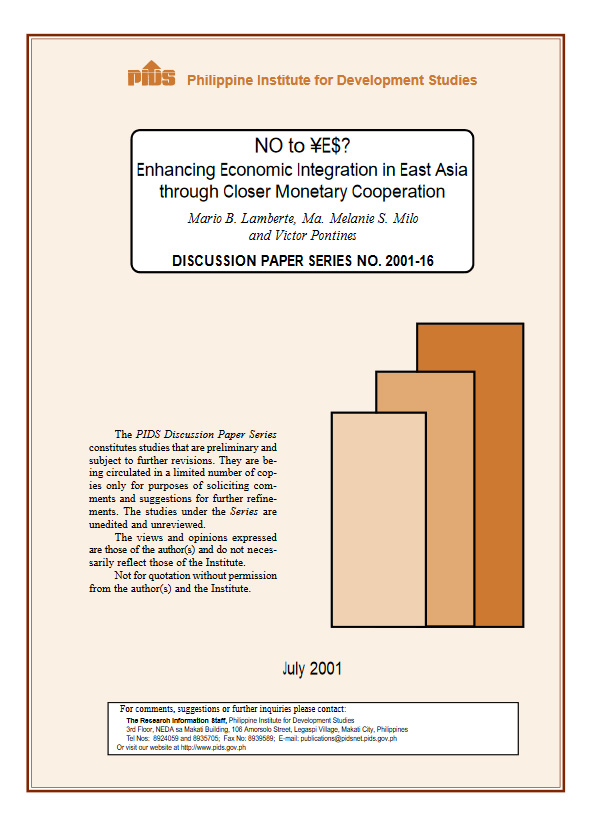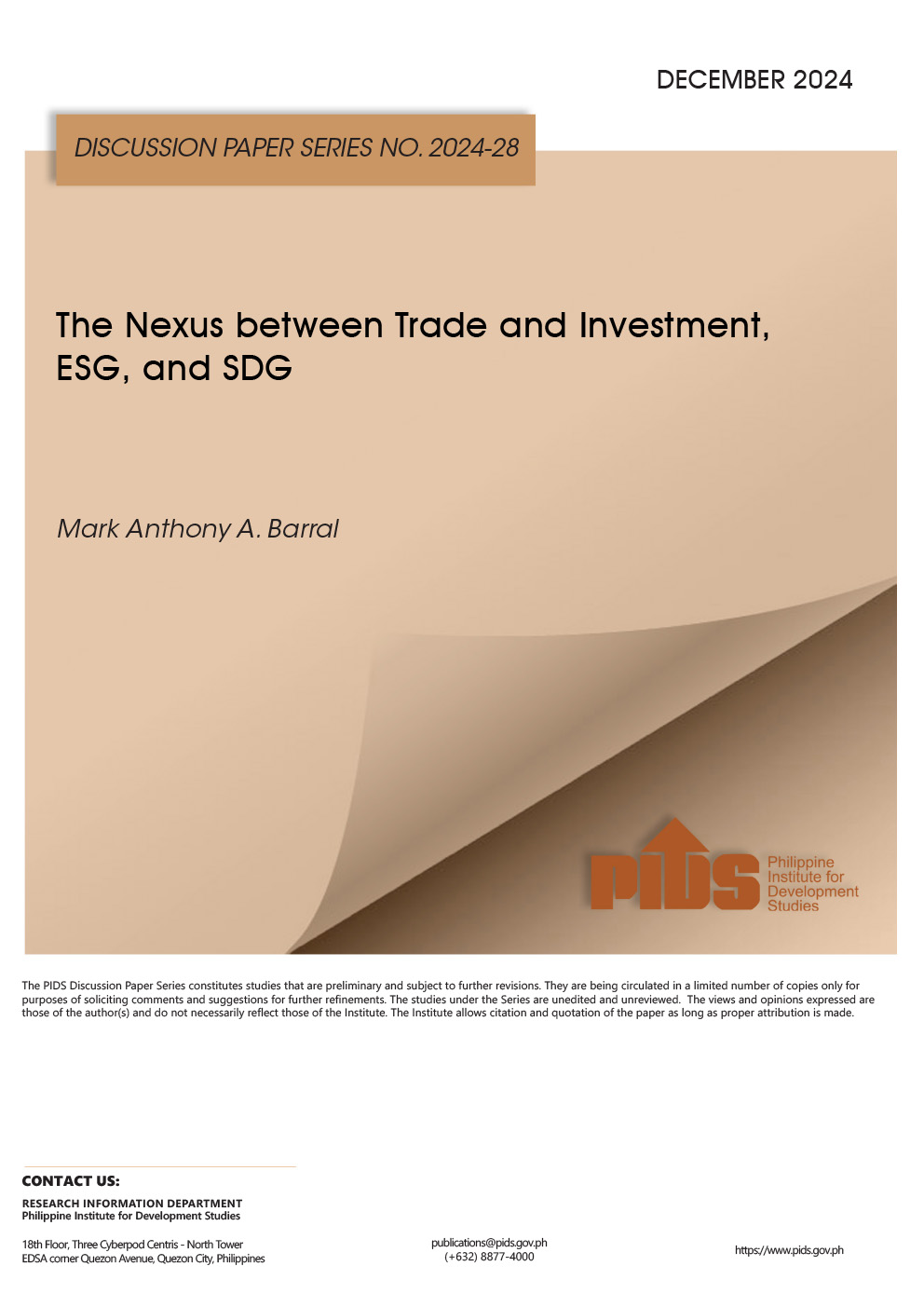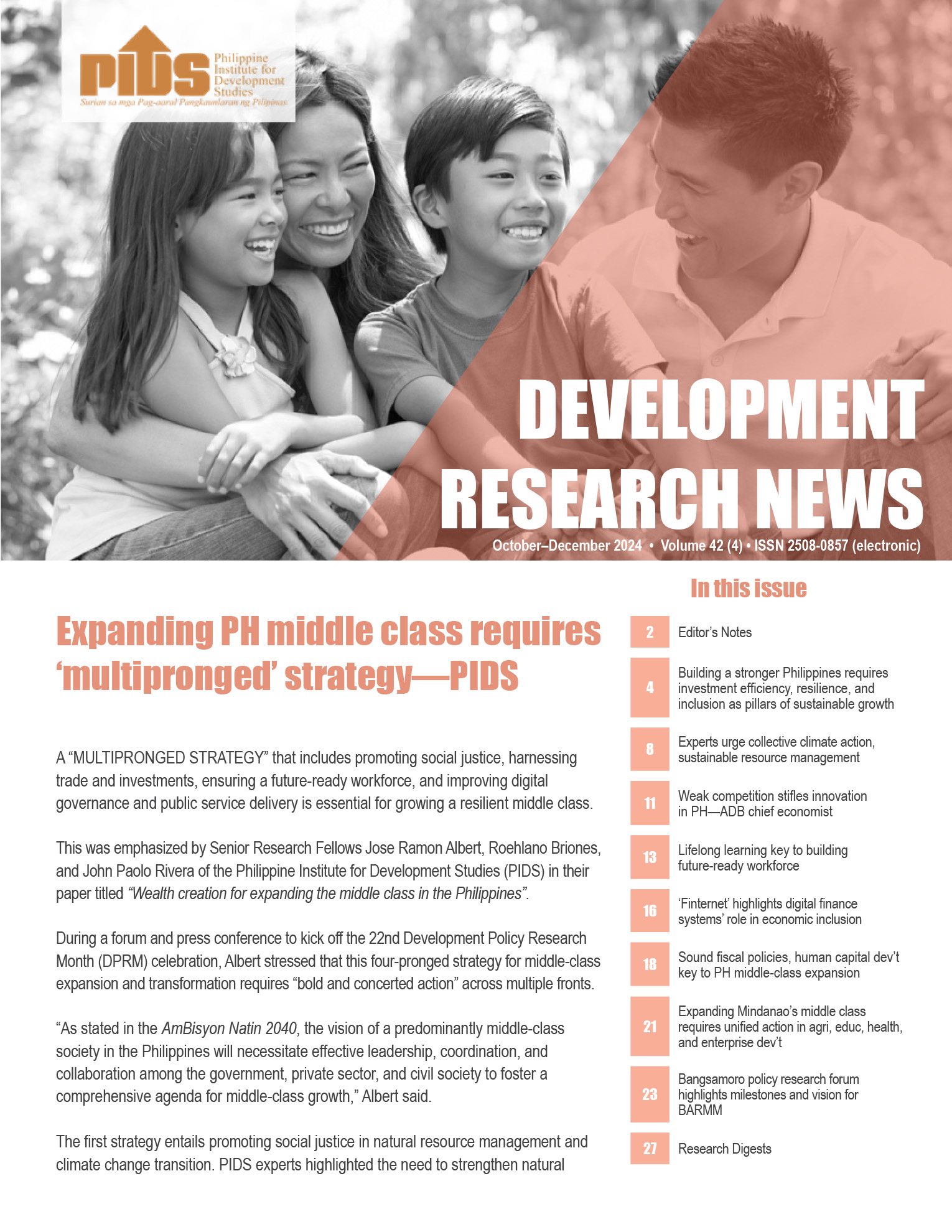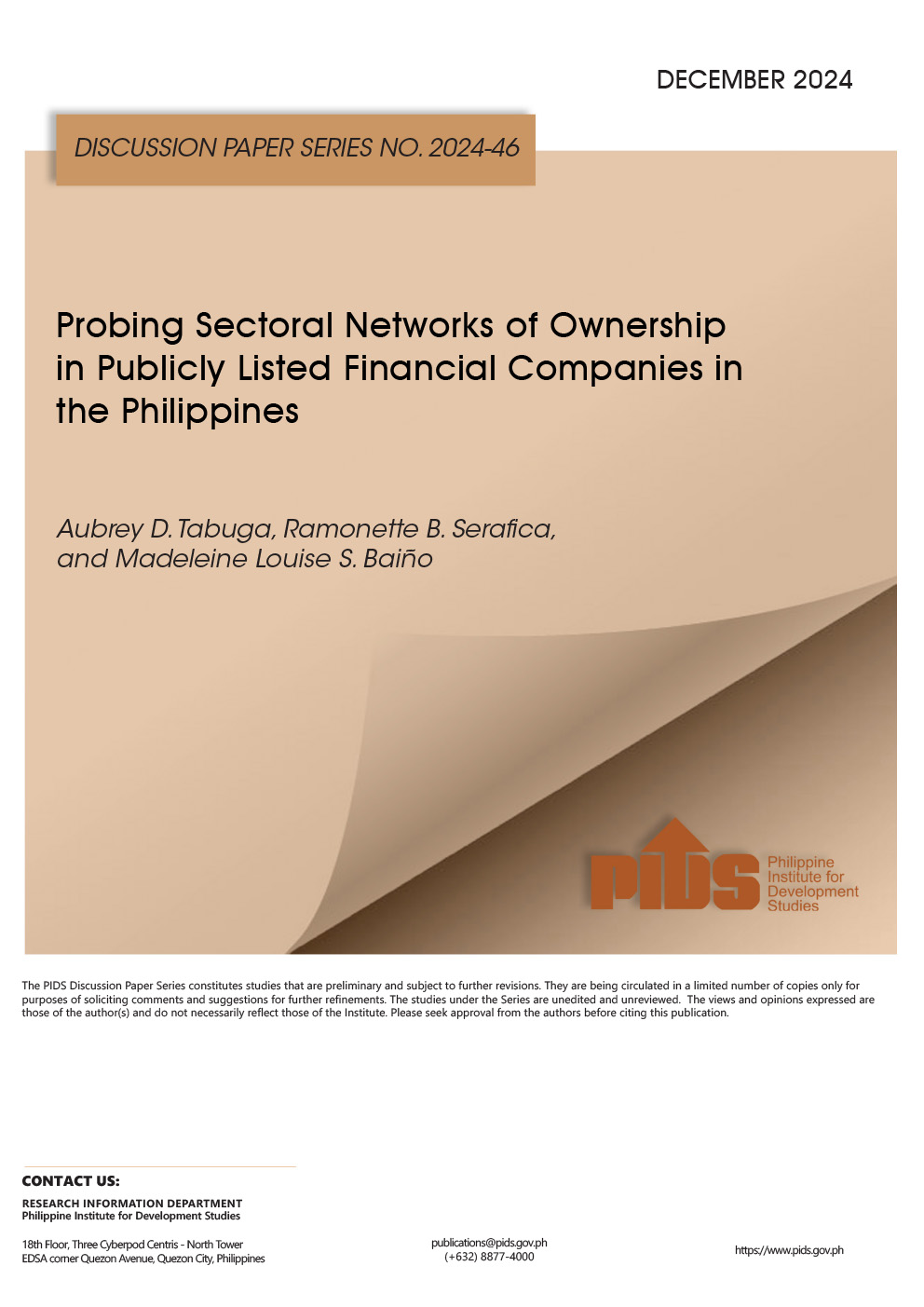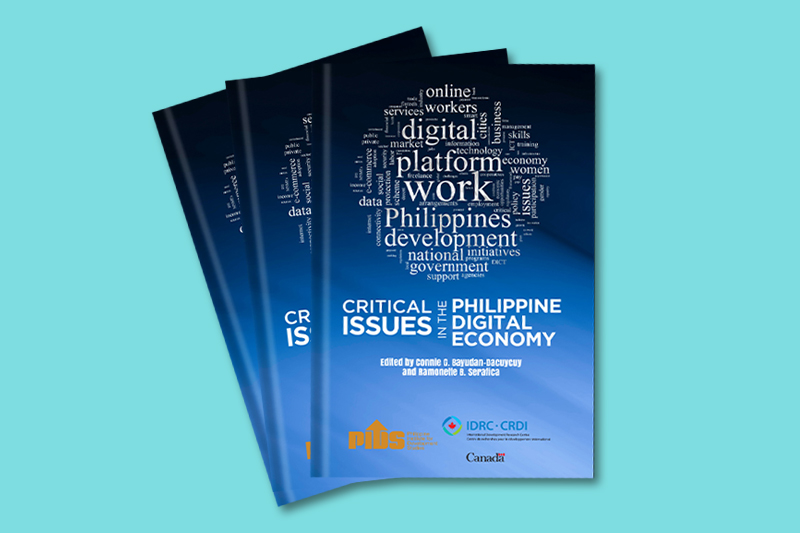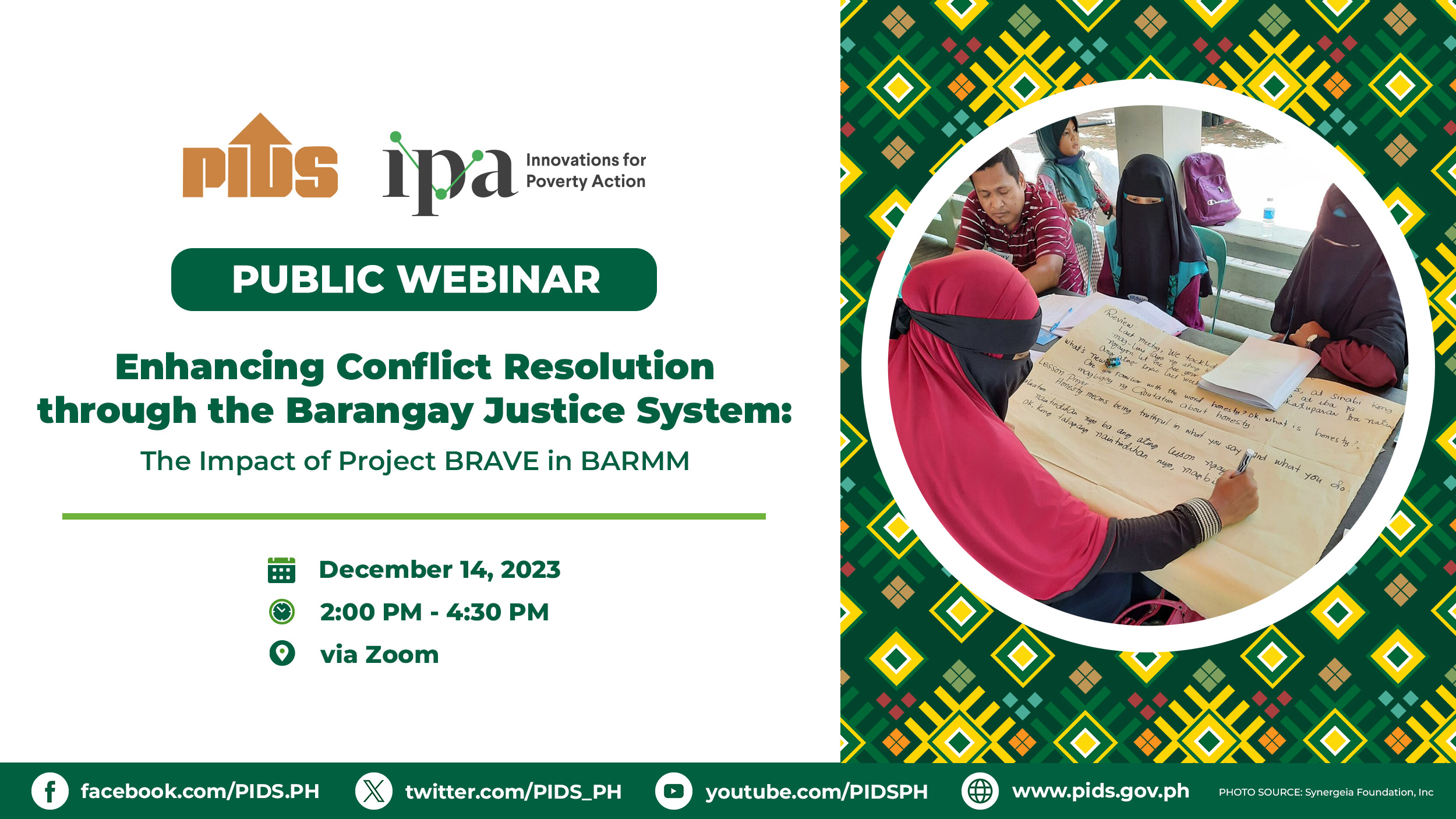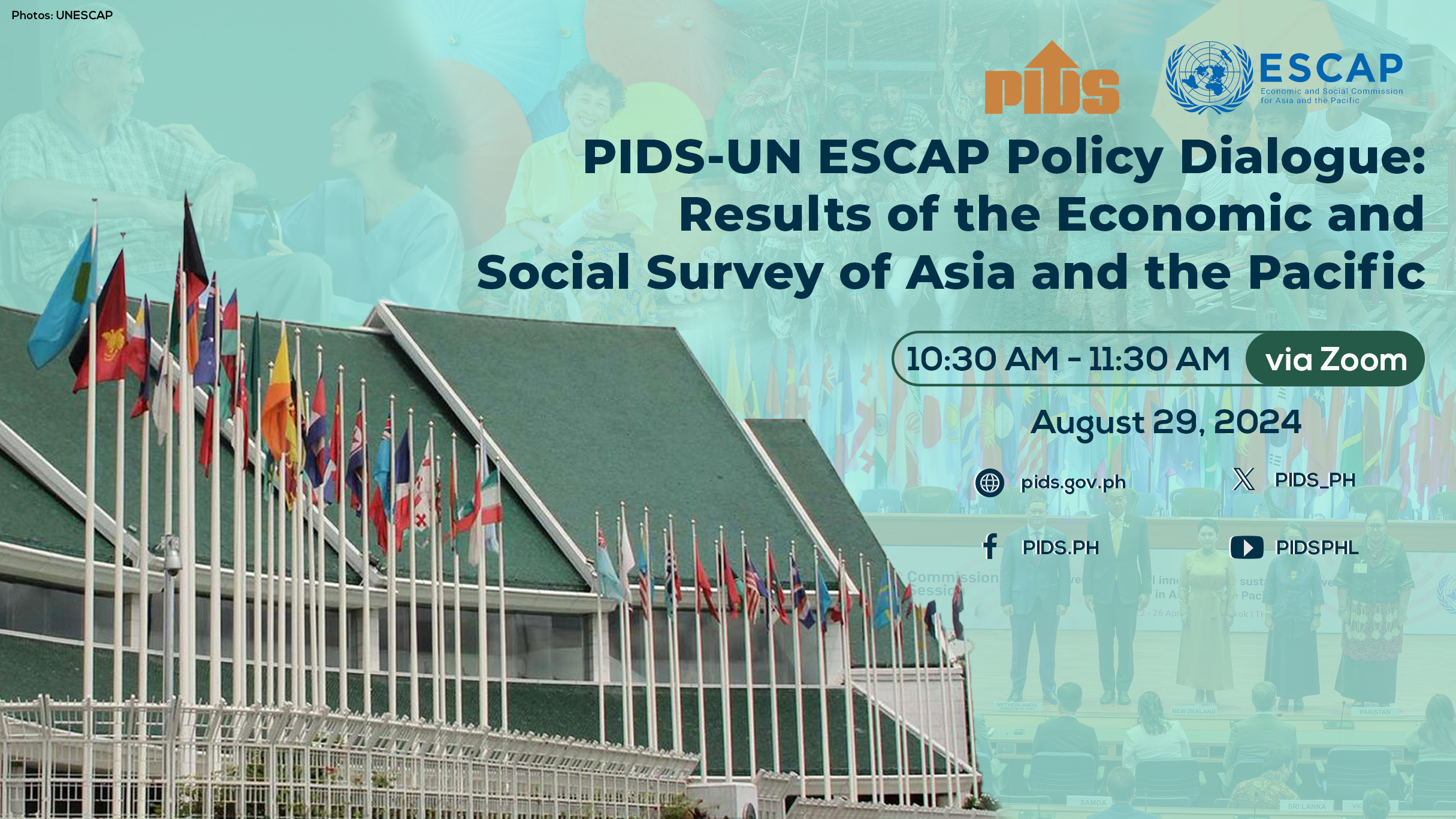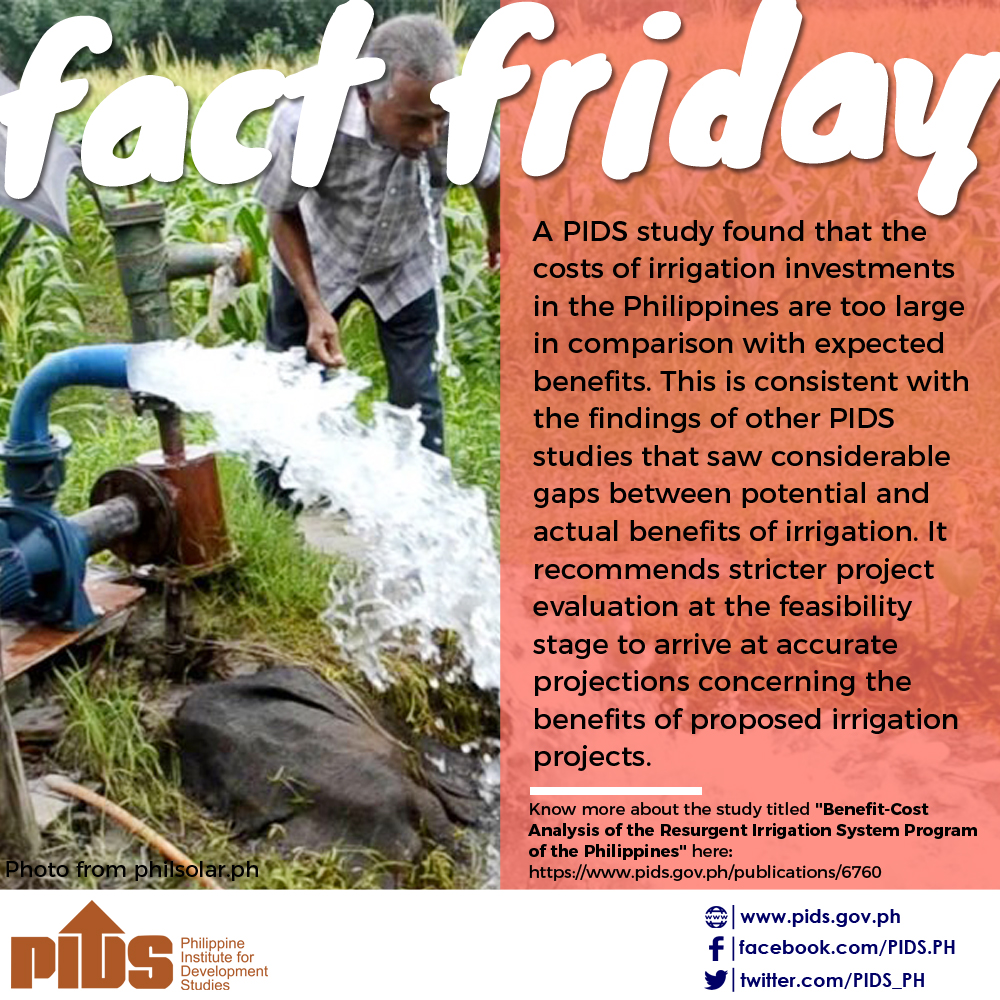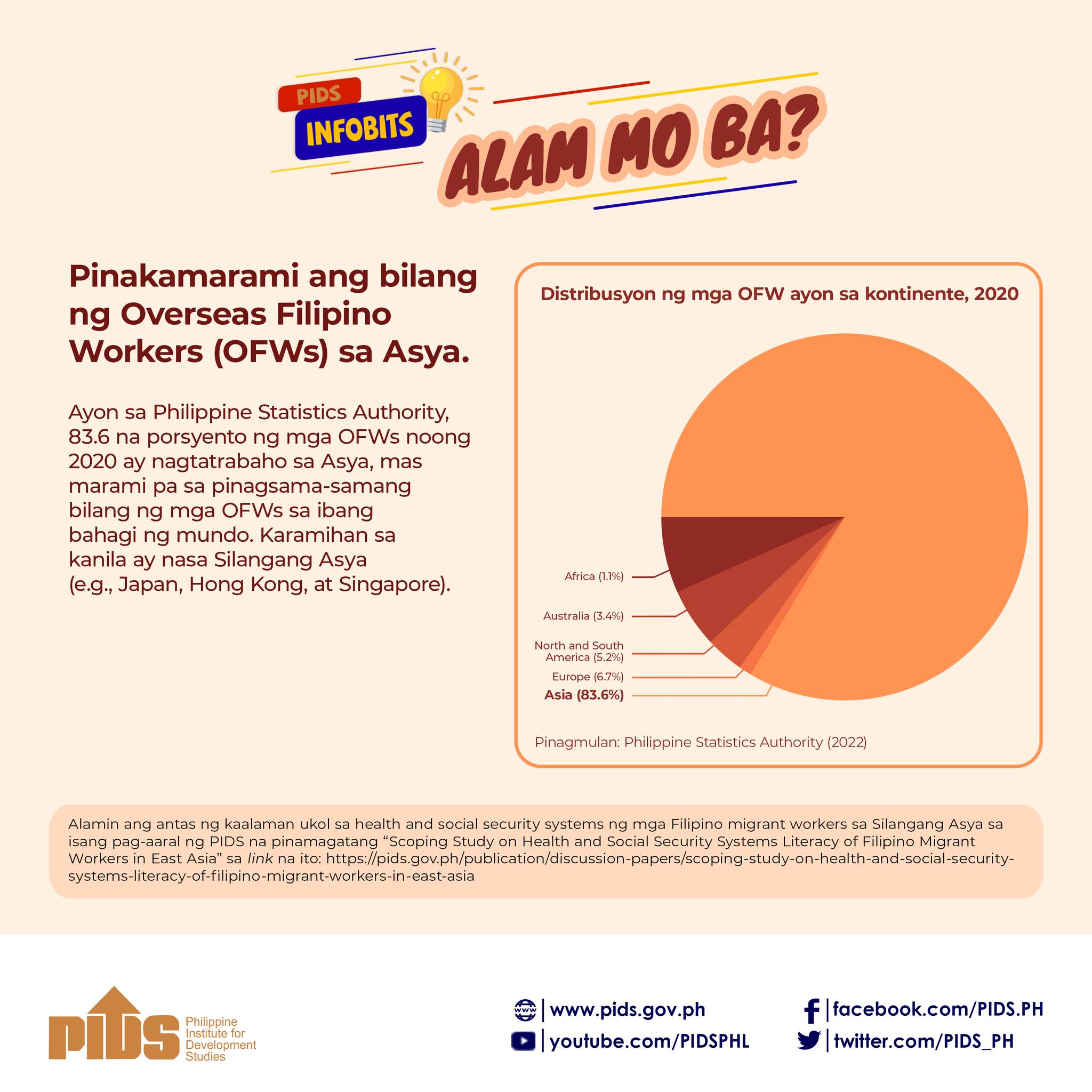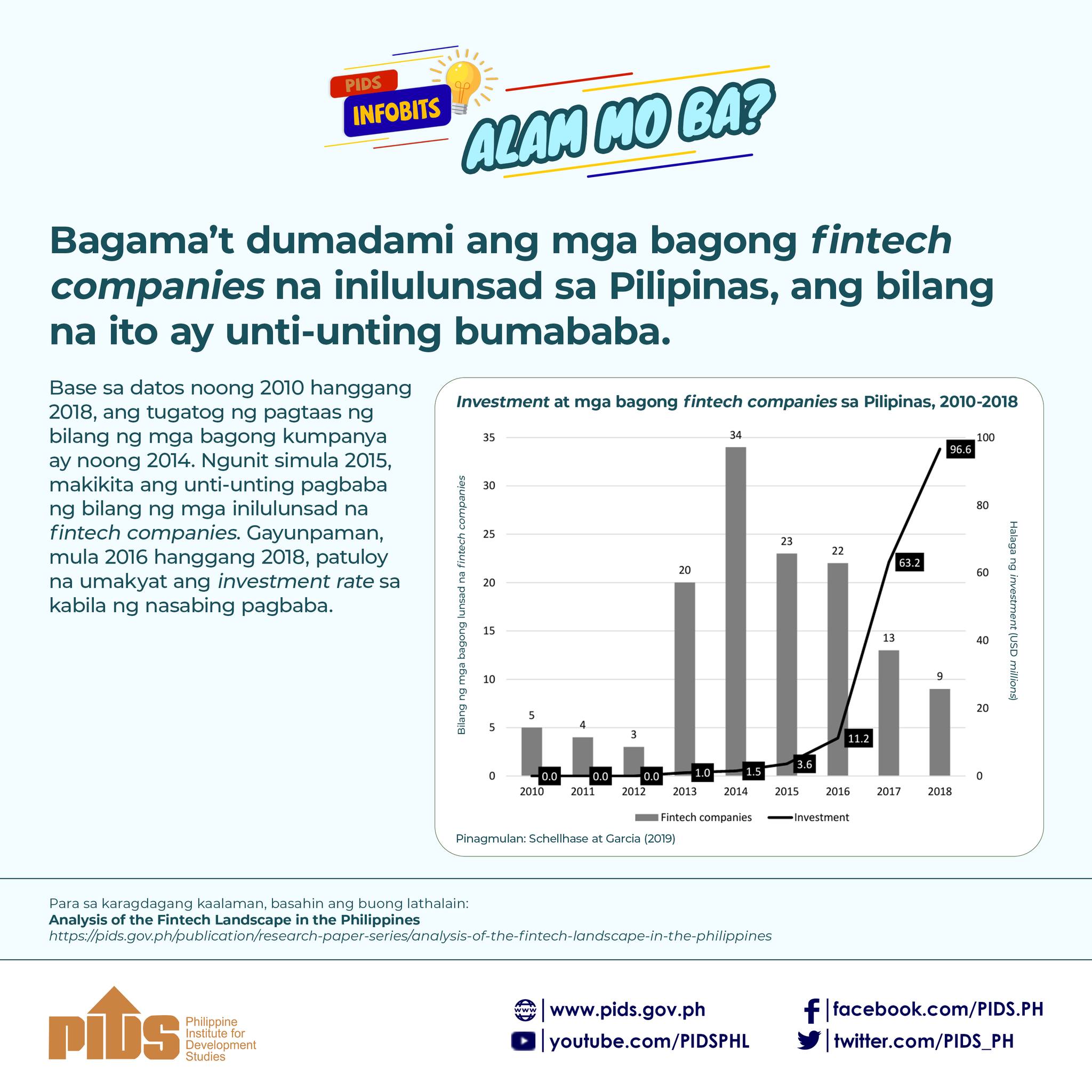This paper has reviewed four major developments in the last 30 years: the collapse of the Bretton Woods arrangements; deepening of economic integration worldwide; the frequency and severity of the crises that affected not only developing economies but developed economies as well; and the formation of the Euroland. Against this background was the increasing intra-regional trade and investment in East Asia. Existing empirical studies generally show that East Asia has satisfied the economic criteria for an optimum currency area. This implies that East Asia will benefit from having a common monetary arrangement. However, this requires a strong political commitment, which admittedly is absent in East Asia at the moment. Should East Asia be able muster enough political will to go ahead with deeper economic integration, then it must also prepare itself for monetary integration. The paper then went on to review and assess the strengths and weaknesses of five possible common monetary arrangements for East Asia that can contribute to the stability of the financial system in the region and support the deepening of economic integration in the region. The best arrangement for a more integrated East Asian region is the East Asian common currency union, with the regional currency independently floating vis-à-vis other currencies in the world. However, given the present economic and political realities in East Asia, this arrangement should be considered as a long-term goal that should be accomplished over 2 or 3 decades. In the interim, it is better for East Asia to agree on a regional currency basket system consisting of the yen, the euro and the US dollar. During this transition period, East Asian economies should strive to work on the following pre-conditions: strengthening central bank independence, enhancing wage and price flexibility, strengthening the financial sector, and harmonizing monetary policy. The emerging arrangements under the CMI and the expanded ASEAN Surveillance Process are a constructive sign that East Asian economies can work together to advance their common interests. Success in these arrangements will eventually lead to greater monetary cooperation in the region.
Citations
This publication has been cited 2 times
- Harvie, Charles and Hyun-Hoon Lee. 2003. New regionalism in east Asia: How does it relate to the East Asian economic development model?. edited by Tran Hoa and Charles Harvie, 40-71,. Palgrave Macmillan.
- Harvie, Charles and Hyun-Hoon Lee. 2002. New regionalism in east Asia: How does it relate to the East Asian economic development model?. Economics Working Papers wp02-10. School of Economics, University of Wollongong.

